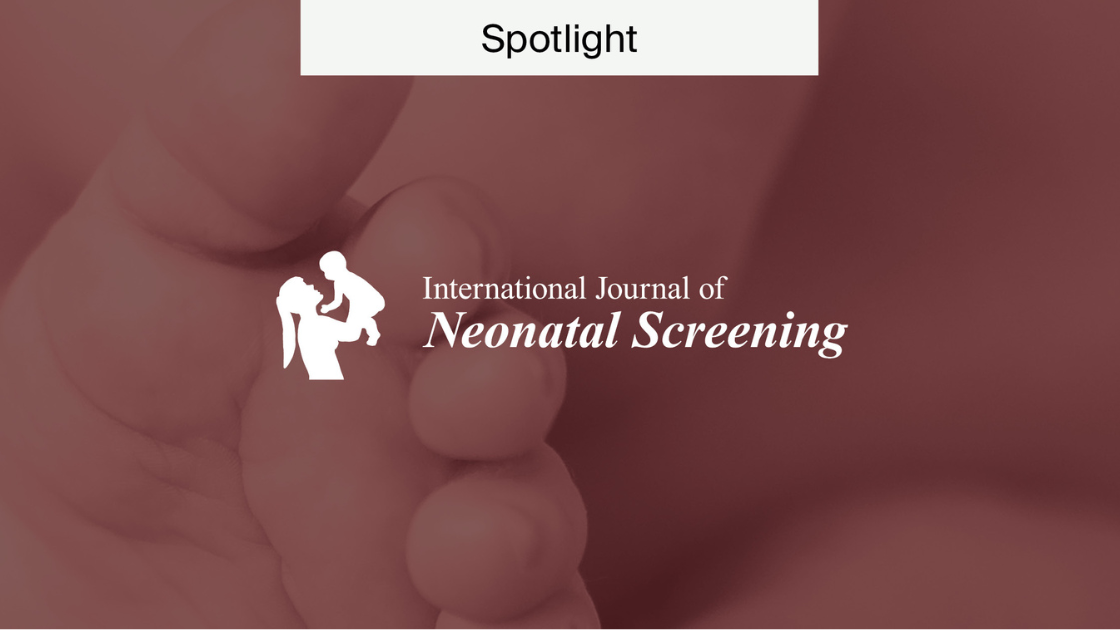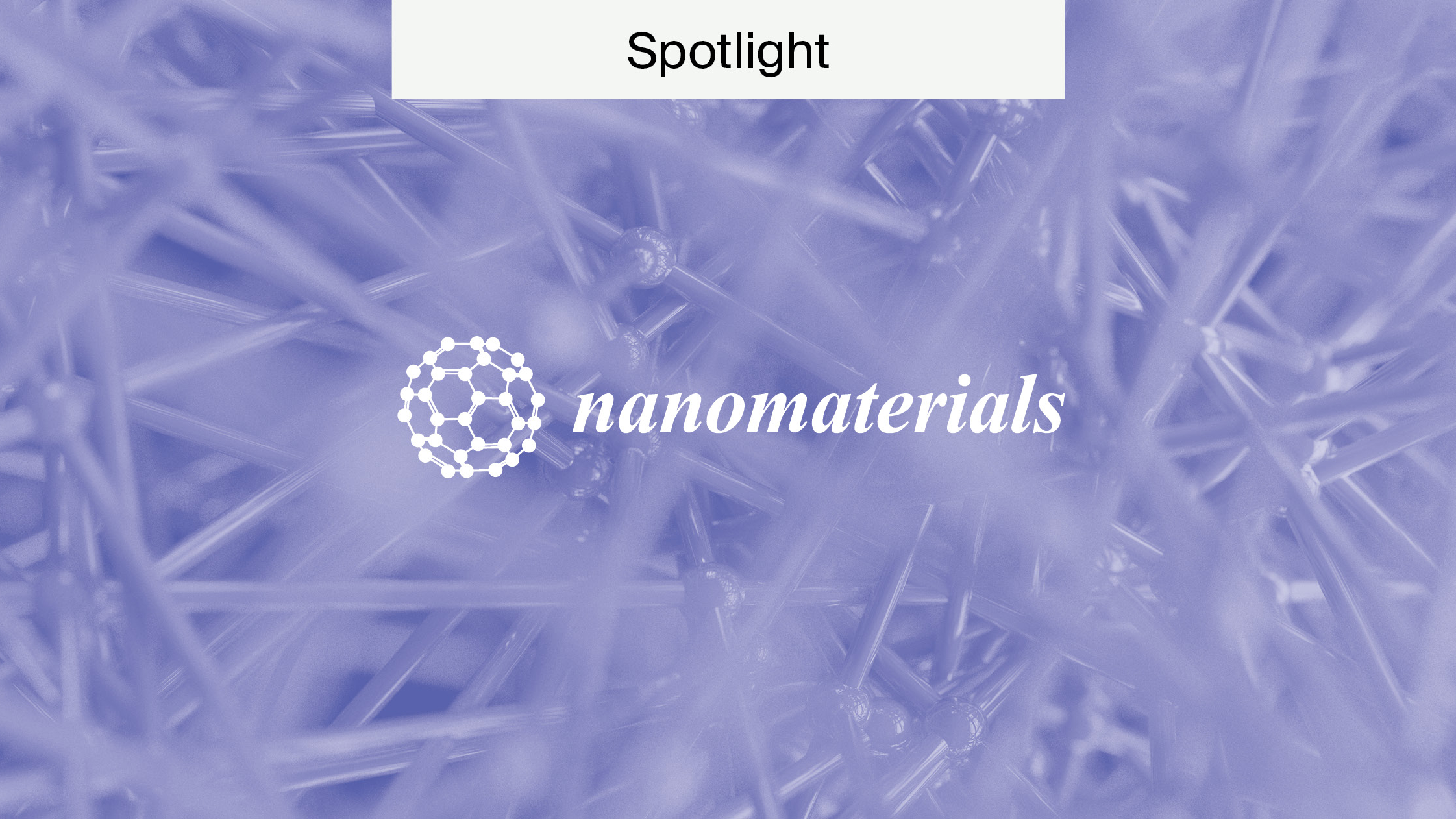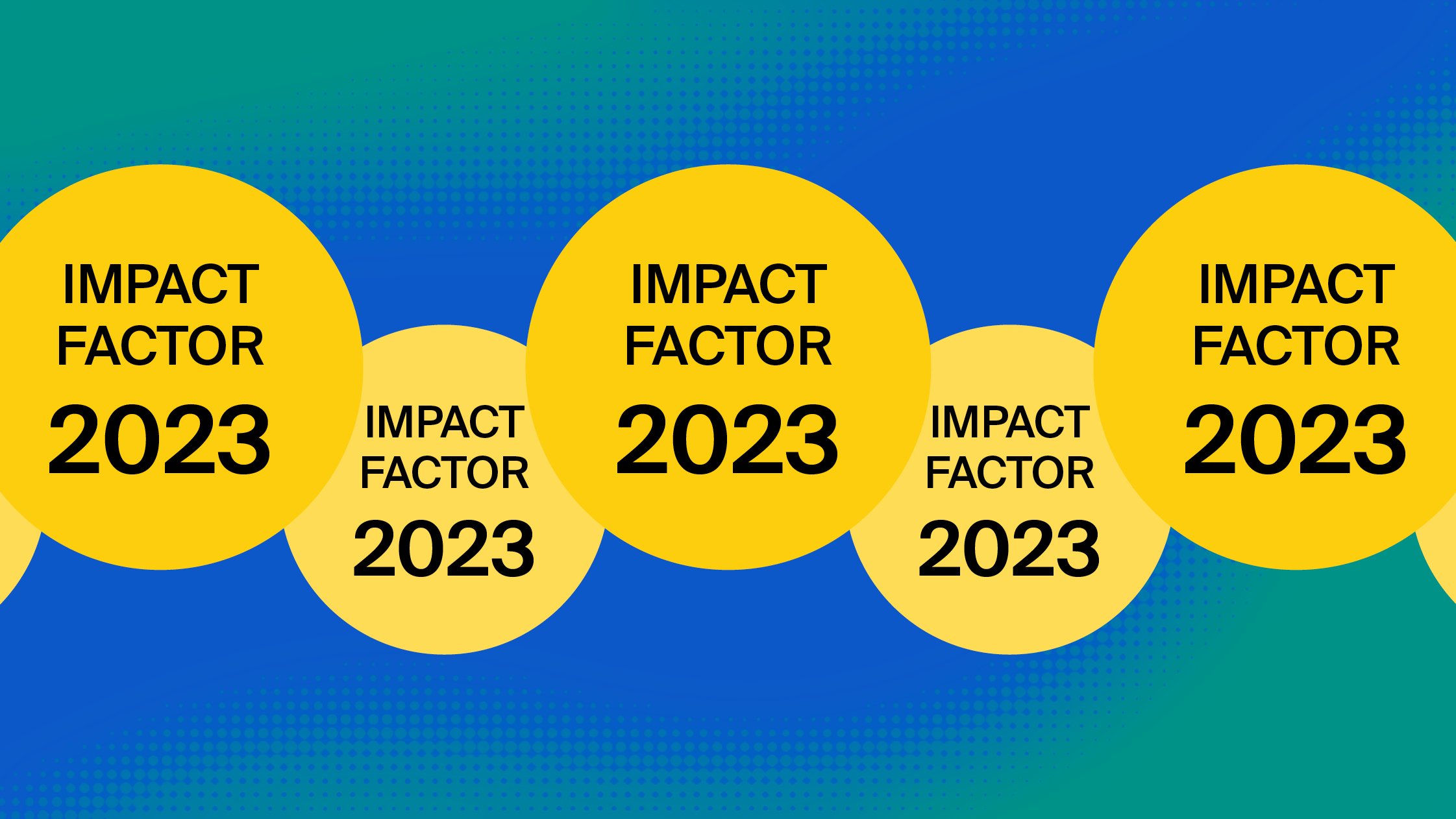
Spotlight on Cells
For Spotlight on Cells, we’ll be looking at a journal that has one of our highest Impact Factors according to the 2021 results. Join us for information about Cells.
Cells: a brief history
Cells achieved an Impact Factor of 7.666 for 2021 and we’re proud of all the hard work of the authors and staff to help propel the journal to these heights. The journal’s inaugural issue was released in 2012. The journal added four sections in 2015: Cell Motility and Adhesion; Cell Signaling and Regulated Cell Death; Cell Nuclei: Function, Transport and Receptors; and Autophagy and Organelle Function. Cells was given its first Impact Factor in 2018. Since then, the journal has added 15 further sections to the journal.
Cells announced the first edition of the Outstanding Reviewer Awards and Academic Conference Grants Awards in 2020. And in 2021, Cells was extremely proud to have celebrated it’s 10th anniversary! Dr. Alexander E. Kalyuzhny, the Editor in Chief of Cells, had this to say:
“Cells is a very important journal in the field because it accommodates a wide variety of topics, inducing but not limited to [the] structure and function of organelles, cell adhesion and motility, intracellular signaling, and growth and differentiation and aging. And we’re open to both, regional research papers and reviews.”
Want to learn more about Cells?
Our goal is to provide rigorous peer review and enable rapid publication of cutting-edge research to educate and inspire the scientific community worldwide. We encourage scientists to publish their experimental and theoretical results in as much detail as possible. And there is no restriction on the length of the papers. Full experimental details must be provided. This is so that results can be reproduced. If you want to learn more about MDPI’s open access policies, please visit our site for details.
Thinking of submitting your manuscript to Cells?
Manuscripts should be submitted online at susy.mdpi.com. The submitting author is generally the corresponding author and is responsible for the manuscript during the submission and peer-review process. To submit your manuscript, register and log in to the submission website. Once you have registered, click here to go to the submission form for Cells. All co-authors can see the manuscript details in the submission system. To do so, they must register and log in using the e-mail address provided during manuscript submission.
Successes and what’s next
As Dr. Alexander E. Kalyuzhny noted in 2021, The goal moving forward is to continue to produce Special Issues on cutting-edge research in the field of cells. There are always reasons to study the fascinating field of cells, and new topics are constantly being discussed. Because of the wide variety of topics, the journal is split into many different sections. The journal aims to be involved in conferences and events around the world.
There is also space in the journal for any and all research related to cells. The following list presents just some of the different areas of interest of the sections, along with a brief summary of each.
Cell Motility and Adhesion
This section encompasses studies of molecules, events and mechanisms in both intracellular and extracellular contexts, as well as those occurring at the cell–cell and cell–ECM interfaces, using a broad scope of model systems (lower eukaryotes, plants, fungi and metazoans).
Cells and Signaling
This section focuses on the understanding of cell signaling in evolution, development, physiology, health, and disease. It also includes mechanisms and control of receptor signaling and regulation of all aspects of cell function, including growth, proliferation, differentiation survival, gene expression, metabolism, and trafficking.
Organelle Function
This section covers the structure, function, and pathophysiology of intracellular organelles and their interactions. Additionally, contributions can help to decipher how subcellular structures are maintained in the face of membrane flow, and how individual organelles send and receive specific information to maintain intracellular homeostasis.
Cell Proliferation and Division
Here we focus on on all aspects of mitogen, metabolic and antiproliferative signaling, its connection to the cell cycle machinery, as well as mechanistical or structural studies of cell cycle control and also cell cycle checkpoints.
Keep up with journal updates by following the journal’s Twitter account.










